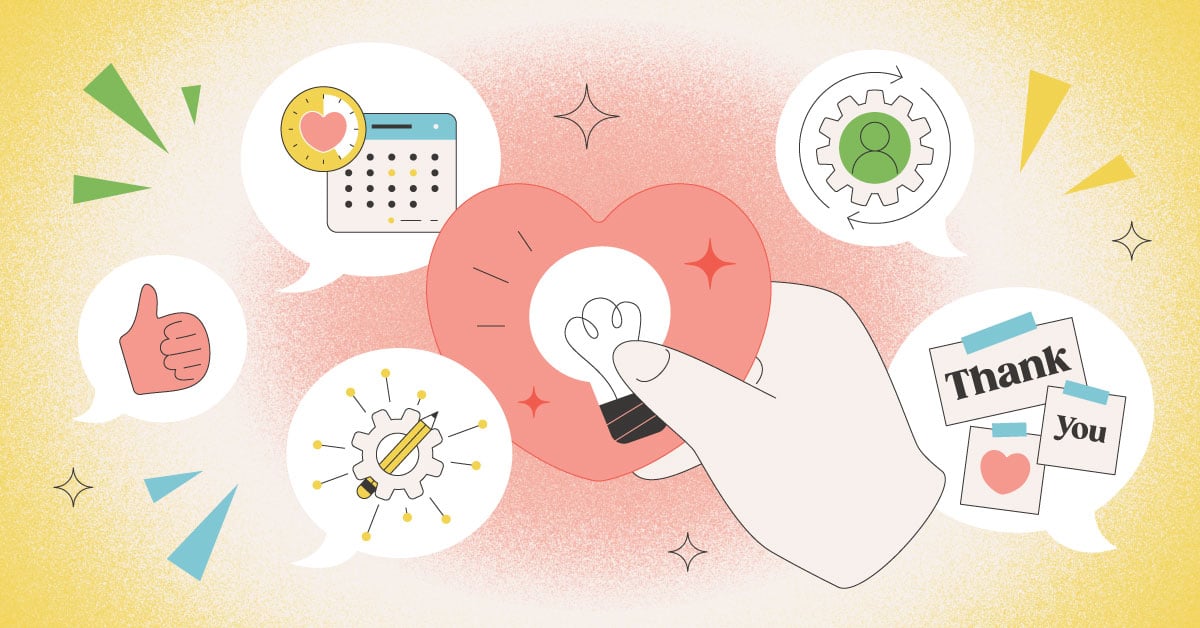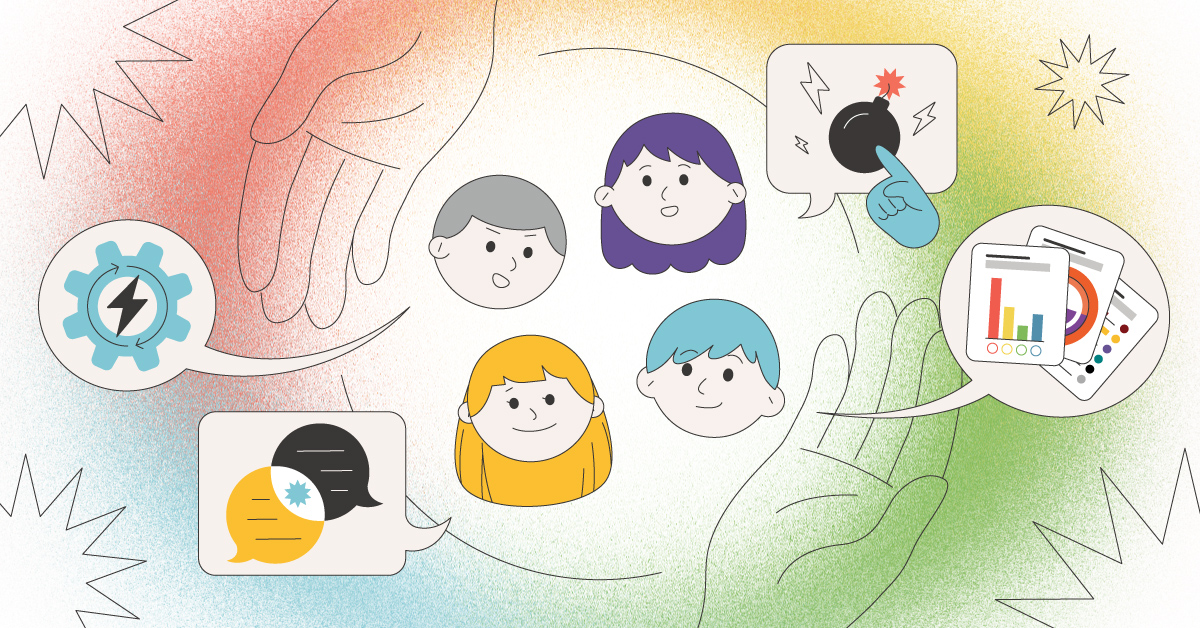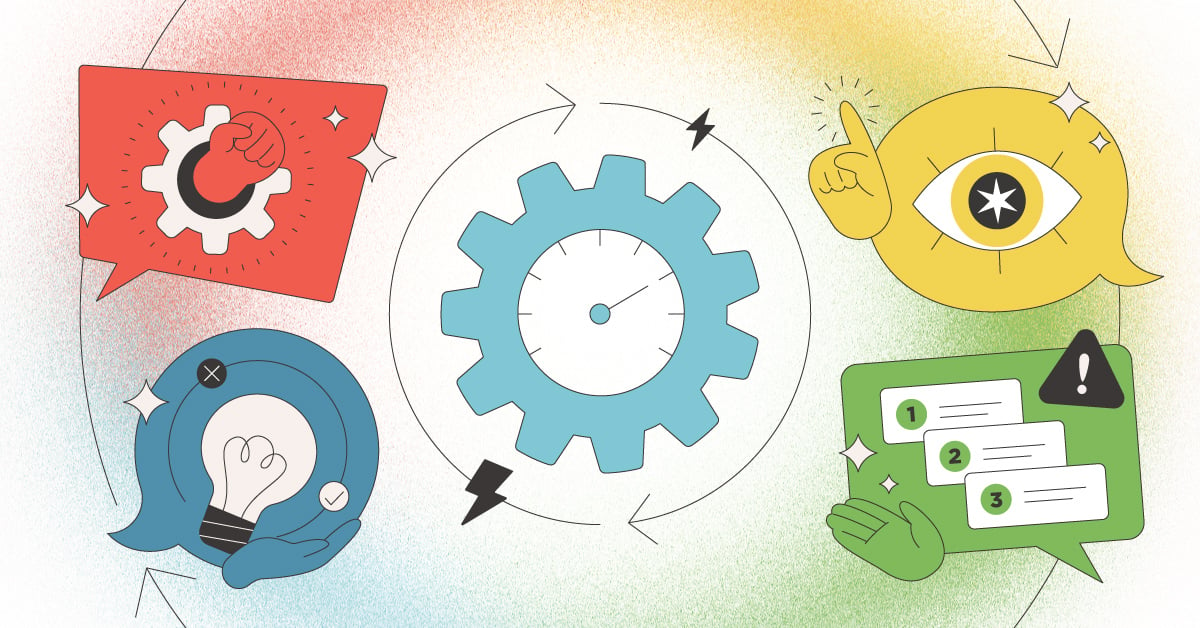
There are substantial changes occurring in the workforce, and they’re happening on a global level. The World Economic Forum reported that in wealthier countries, populations are aging and the number of working-age people is shrinking, while in lower-income countries, the number of working-age people is growing.
These two major demographic changes are reshaping the global economy and job markets, increasing the need worldwide for talent management solutions, teaching and mentoring, and self-awareness.
Mariko Ukita knows that well. She is the former head of the Human Resources Division of C2C Global Education Japan, an organization with a 75-year history that offers education from kindergarten to university. Ukita brought her extensive HR experience from foreign-capability-based companies.
Japan’s labor market is experiencing much of what the WEF reports on an escalated scale; a national labor shortage, an aging population, multi-generational workforces, and a need for reskilling have put a lot of pressure on HR professionals and business leaders to find the right solutions.
Here’s how one company navigated organizational development, and what you can learn from international markets, no matter where you are.
Choose the Right Tools
Harnessing the right tools is essential to setting your organization up for successful development. Psychometric assessments are a sound investment in professional and organizational development because they give real data to support understanding.
When managing a multi-generational workforce, tools like DISC provide a common, neutral language to bridge communication gaps between generations who may approach tasks, feedback, or collaboration differently.
Ukita shared, “In my 15-plus years of corporate career, over half of the companies I worked for used TTI’s DISC assessment. I chose TTI’s assessment tools over other assessment vendors because they are quantitatively measurable, highly logical, and easy to understand.”
After learning about TTI’s 12 Driving Forces® assessment, Ukita started implementing Talent Insights (DISC combined with 12 Driving Forces) for managers and department heads for organizational analysis.
“While DISC mainly focuses on behaviors/observable actions, 12 Driving Forces look at the internal values. By quantifying these values, we found that this combined approach was extremely beneficial for overall organizational analysis. We could understand why our people always take a certain approach and how they operate,” Ukita said.
Using assessments helped her team get a better understanding of themselves and others using a shared language. This helped employees of all ages connect with each other and communicate their needs more clearly.
“Being able to understand more deeply and clearly, especially regarding internal people, is significant,” said Tanabe Yu, Deputy Manager of the HR division at C2C Global Education Japan. “Having a common standard for that understanding is really valuable."
Focus on Hiring Right
Getting the right people in the right roles is crucial to developing your organization. A team with employees who are committed to their roles and the long-term success of the company is highly valuable, while replacing bad hires can cost five times more than their salary.
“TTI’s assessment has provided a concrete framework for better understanding and assessing candidates,” said Yu. “As a result, our hiring process has become much more accurate than before.”
In his day-to-day tasks, Yu now adjusts his interview style based on the candidate’s profile, choosing specific areas to focus on. When evaluating candidates during the hiring process, he also likes to connect their profiles with job accountabilities.
This adaptive interviewing method ensures each candidate—regardless of generation—is evaluated fairly and effectively, reducing unconscious bias that may arise from generational stereotypes.
He assesses whether the candidates might be suited for a specific department or if they might struggle with certain tasks. This awareness allows him to conduct interviews with a clearer perspective, considering people’s potential roles and assignments.
“Of course, just because someone has a particular DISC attribute doesn't mean they can't do the job,” Yu said. “However, we need to be aware of the natural aspects of suitability and how long it might take them to get accustomed to it.”
Track Organizational Changes
With the right team and the right tools, you’re on track to achieving intentional organizational development. Your next step is to track the changes you’re implementing and see what works. For multi-generational teams, tracking change also includes checking for generational engagement—are your initiatives resonating equally across age groups, or does one demographic feel left behind?
“We have noticed differences in people’s communication styles,” Ukita told us. “Understanding someone's style has made it easier to consider how to approach and communicate with them effectively. It has given us a framework to think about conveying messages clearly and considerately in our daily interactions.”
However, just noticing the changes in your organization won’t cut it—you need to follow through. Ukita knows this, and got the feedback she needed to make decisions moving forward for the organization. “Most people who took the assessment in our organization expressed high satisfaction,” she said. “Over 80% said they felt very convinced and satisfied, and some people have even mentioned that the report describes them so accurately that it's as if it sees right through them.”
With this information, Ukita felt confident to continue to use assessment tools with the team. She was able to measure how effective the tools were with demonstrable changes, all while supporting the team and what they needed.
“We've seen significant changes at the organizational level. For instance, discussions have started to address areas where the organization might be lacking. If there's a recognized gap within the organization, conversations are now about how to fill that gap.”
Tracking these shifts can also reveal generational patterns in feedback, engagement, and satisfaction, helping leaders refine organizational development strategies to remain inclusive, future-ready, and culturally aligned.
Final Thoughts
Here’s what you can take away from one workplace in Japan, no matter where you are in the world.
- Build confidence with the right framework. People communicate better when they have shared language to describe themselves, and communication is key in a multi-gen workplace.
- Get intentional about hiring. Assessments can help you avoid bad hires, if you use them correctly. Don’t discount candidates simply based on their assessment results; intentional organizational development is about understanding, not labeling, and that starts during the hiring process.
- Follow through and offer support. You can’t just have employees take an assessment and call it good. Make sure to give them a next step after assessments to further their development and get feedback about their experience to implement for the future.
“TTI’s tools can help us identify the team’s strengths and what they need to improve,” said Ukita. “By combining this data-driven analysis with our intuition, we can better determine how we want to shape our organization moving forward. That’s the future I’m looking forward to.”
Interested in using assessments in your hiring strategy? TTI can help.



